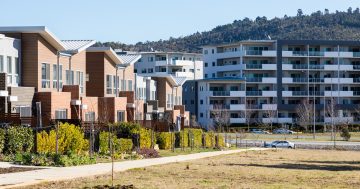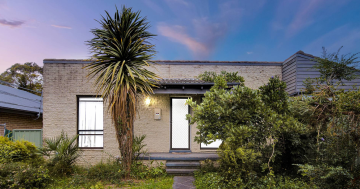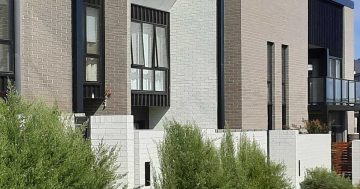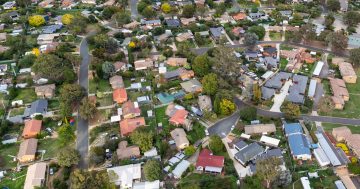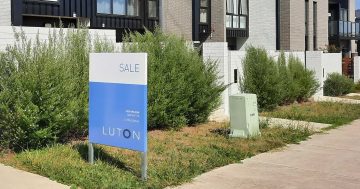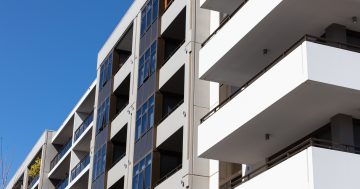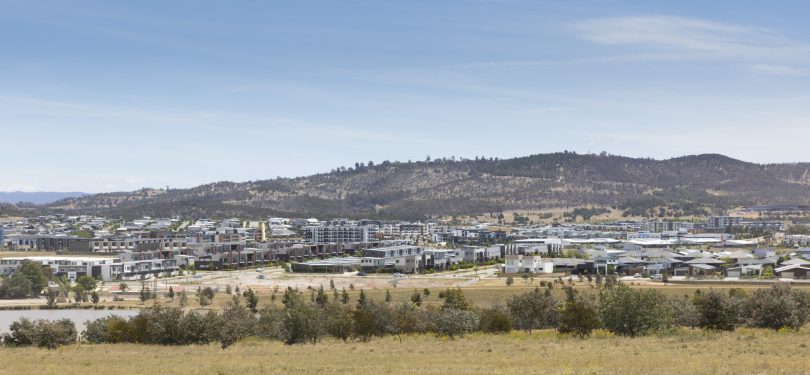
The Molonglo Valley is a developing suburb where Homebuilder is available for new properties. Photo: File.
It looks like a great time to be buying or building a new home if you have been lucky enough to keep your job.
In a downturn, you can rely on the carrots coming out to help the housing sector along and open the door to the great Australian dream of homeownership
The Commonwealth HomeBuilder program gives you a $25,000 grant, and you don’t even have to be a first-home buyer. That can be spent on off-the-plan units and townhouses, as well as the standalone house and land most of us would prefer, if they weren’t so pricey.
If you are an eligible first-home buyer, you won’t pay any stamp duty.
Just over the border, it gets even better.
HomeBuilder, plus the First Home Owner Grant of $10,000, takes the discount up to $35,000, and there are still stamp duty exemptions available.
And while the banks tightened their lending practices after the Royal Commission, the Federal Treasurer says it has all gone too far and the new COVID-19 environment requires credit to grease the wheels of the recovery, so new laws will make it easier to borrow.
Even a deposit is starting to come back to a more accessible 5 per cent level.
One only has to look at the marketing for the many apartment and townhouse developments on the way across Canberra and over the border to see how much of a selling point the incentives are.
Many will see it as their opportunity finally get a toehold in the market.
But we have been here before and we should know where we end up.
Like one of those dreams Freud was so intrigued by, actually closing the deal always seems just out of reach, the closer we seem to it.
HomeBuilder’s window is set to close by year’s end so the rush may be on to get in while it lasts, boosting demand, and more than likely, prices, especially in an economy like Canberra, protected by its strong public sector base. Indeed, home prices, both units and houses, continue to steadily rise.
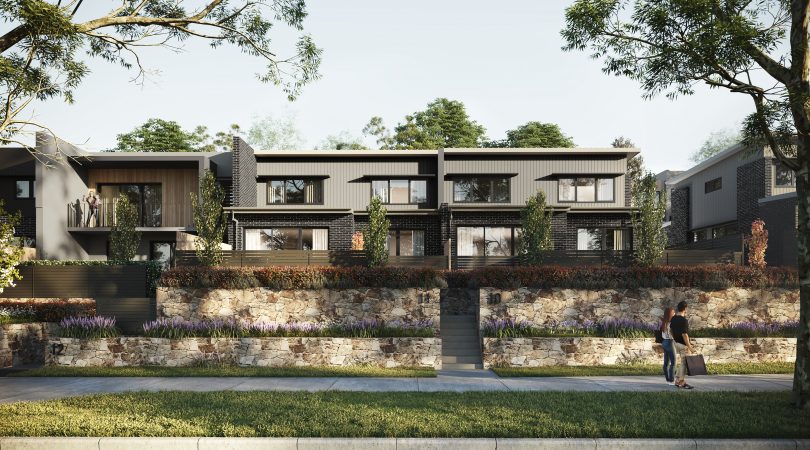
Townhouses are increasingly in demand as house and land become out of reach.
Median values for houses are at $723,000 and $458,000 units and townhouses, according to CoreLogic.
While there seems to be plenty of apartments, free-standing houses of the kind families need are in short supply. Any stock that appears on the market is being snapped up.
Basic three-bedroom homes in boom areas like Weston Creek are going for $700,000-plus.
Buyers shy, or terrified, of the borrowing capacity needed for that are turning to townhouses, heating that section of the market.
Home-buyer grants come and go, and it seems that while some who can take advantage of them quickly do indeed get inside the door, the end result is yet another floor in the market.
Those left behind resign themselves to a rental market that in Canberra erodes the value of even good salaries, much like the energy-sucking homes they have to live in.
We seem no closer to resolving the housing conundrum that has perplexed policymakers for decades.
Nobody who owns property really wants to see house prices fall, and last year’s election seems to have settled the debate about negative gearing and capital gains tax, which many blame for a boom that has put buying a home beyond the means of more and more Australians.
So where does that leave the great Australian dream?
When the COVID-19 mortgage holiday ends for those out of work or on reduced incomes, it may turn into a nightmare, sending shockwaves through the market.
Safe as houses Canberra, though, is likely to emerge relatively unscathed.
Without tackling the core causes of Australia’s over-priced housing market, including tax settings and land supply, it seems home-buyer grants will probably only distort that market even further.












